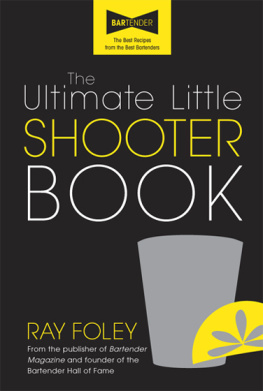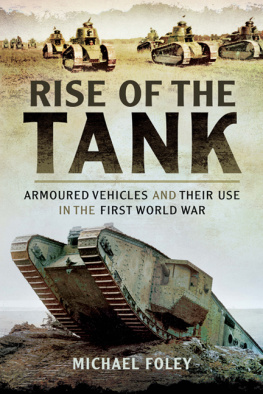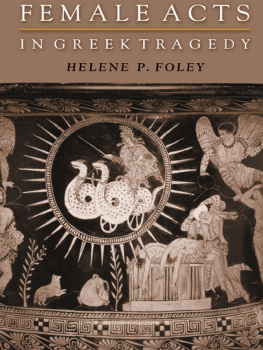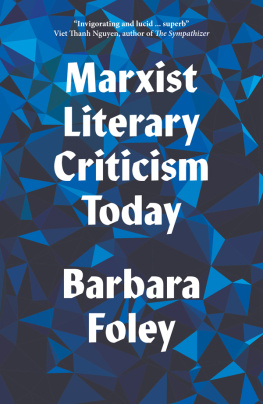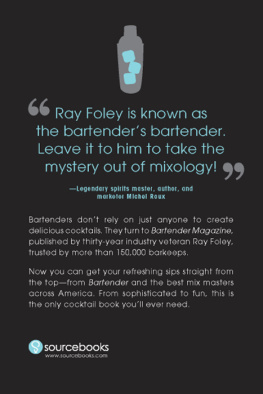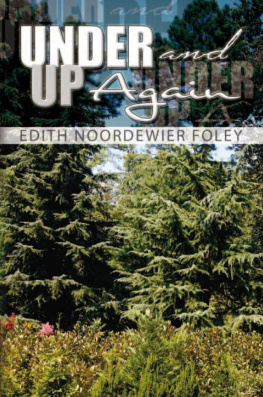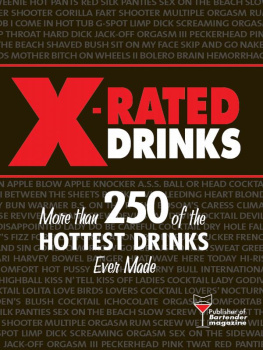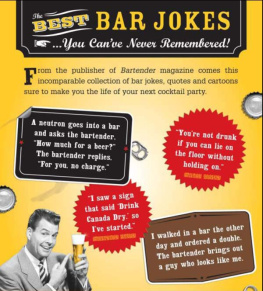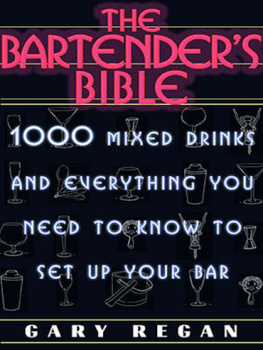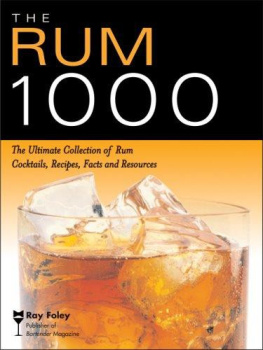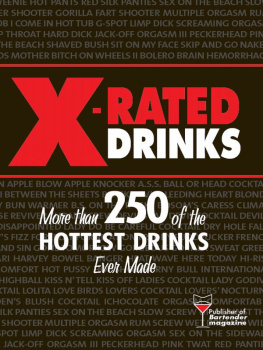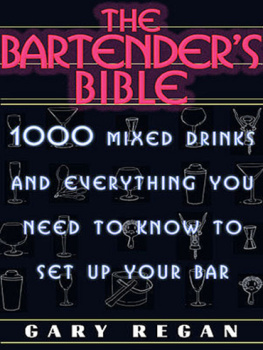Copyright 2010 by Ray Foley
Cover and internal design 2010 by Sourcebooks, Inc.
Cover design by Krista Joy Johnson/Sourcebooks
Cover illustration by Krista Joy Johnson/Sourcebooks
Sourcebooks and the colophon are registered trademarks of Sourcebooks, Inc. All rights reserved. No part of this book may be reproduced in any form or by any electronic or mechanical means including information storage and retrieval systemsexcept in the case of brief quotations embodied in critical articles or reviewswithout permission in writing from its publisher, Sourcebooks, Inc. This publication is designed to provide accurate and authoritative information in regard to the subject matter covered. It is sold with the understanding that the publisher is not engaged in rendering legal, accounting, or other professional service. If legal advice or other expert assistance is required, the services of a competent professional person should be sought.From a Declaration of Principles Jointly Adopted by a Committee of the American Bar Association and a Committee of Publishers and Associations All brand names and product names used in this book are trademarks, registered trademarks, or trade names of their respective holders.
Sourcebooks, Inc., is not associated with any product or vendor in this book. Published by Sourcebooks, Inc.
P.O. Box 4410, Naperville, Illinois 60567-4410
(630) 961-3900
Fax: (630) 961-2168
www.sourcebooks.com Library of Congress Cataloging-in-Publication Data is on file with the publisher. Printed and bound in Canada.
WC 10 9 8 7 6 5 4 3 2 1 This book is dedicated to our son, Ryan Peter, the best shot we ever took! 
ACKNOWLEDGMENTS
To the amazing staff at Sourcebooks, especially Sara Kase, who handled all problems by turning them into solutions. Also for getting the names of a couple great bars in Chicago. Peter Lynch for his foresight and having great taste in his selection of books.
Dominique Raccah for being Dominique Raccah. Lauren Saccone for being Lauren Saccone. Check out her blog: www.fearandloathingny. blogspot.com. All the readers of Bartender Magazine and www.bartender.com and all the bartenders in the USA! Special thanks: Jimmy Zazzali, Matt Wojciak, John Cowan, Michael Cammarano, Marvin Solomon, Millie Rinaldi, Laura Keegan, Meredith and Lindsay Scharf, Linda Saccone, Dave Conroy, Eugene Desimone, Robert Suffredini, Rene Bardel, Peter and Terri Nelson, Hymie Lipshitz, and the rest of the Foley tribe, Raymond, William, and Amy. 
A SHORT HISTORY OF SHOT GLASSES
BY MARK PICKVET Tiny glass vessels were once filled with lead shot and were then used to clean and support quill pens.

A SHORT HISTORY OF SHOT GLASSES
BY MARK PICKVET Tiny glass vessels were once filled with lead shot and were then used to clean and support quill pens.
This origin of the word shot had its beginnings in Europe. The shot glass is an American term for a tiny drinking vessel used for serving whiskey in single measures. Before the widespread use of the word shot in the late nineteenth century, there were a variety of other terms used to describe them. Dram glasses and firing glasses were popular in England dating back to the early eighteenth century. Dram glasses were cheaply made of thin metals and broke easily but were used heavily in the practice of dramming. Dramming involved drinking several small toasts of rum, gin, brandy, or whiskey in succession, ordinarily in lodges, taverns, and even specialty dram shops.
Firing glasses were stronger articles of thick glass, particularly the bottoms. They could withstand considerable abuse and were typically slammed bottom up on the table after each successive toast. The resulting noise was comparable to that of a musket firing, hence the name firing glass. In America, toy whiskey tasters was the term for the first generation of tiny whiskey tumblers because they were so small (most had a capacity of barely an ounce). They date back to the 1830s and were used for sampling whiskey. One of the most significant eras in shot-glass history began in the 1880s and lasted up to Prohibition when the amendment was ratified in 1919.
Before Prohibition, clear or crystal shot-sized glasses were produced as a form of advertising. Naturally the advertising was alcohol-related and intended for proprietors, distillers, store owners selling whiskey, pharmacists and doctors dispensing liquor, and patrons of saloons, clubs, and so on. Salesmen, peddlers, and agents offered free samples of whatever product they were promoting in shot-sized glasses. Other shot glasses were produced in cut crystal and garish carnival colors during the Depression era. A new style of shot glass was made during the 1920s and 1930s; it was 2 7/8 inches tall, narrower, held exactly one ounce, and had an incredibly thick bottom. But there were some with bottoms so thick their capacity was less than an ounce: customers often referred to them as cheaters.
Manufacturers printed popular toasts on shot glasses, such as Heres Looking at You, Bottoms Up, Down the Hatch, Just a Swallow, and many others. In the post-Depression era, the decorated tumbler soon became the most popular medium for shot-glass production. Machine-applied enamels and heat-transfers were cheaply fused to shot glasses in huge numbers. Shot glasses decorated with advertising, sports teams, Christmas and other holiday motifs, plain patterns, and logos from tourist hot spots have characterized the post-Depression era. Production of thick, durable shot glasses for bar use has never wavered since the time of the firing glass. 
INTRODUCTION
All recipes have been alphabetized for your convenience.
Techniques for Mixing
- Build: Pour one liquor on top of the other, per recipe, so that ingredients mix.
- Layer: Pour the first ingredient, then hold a bar spoon slightly above it and pour the next ingredient so that the bottom layer is not penetrated.
Repeat with each liquid ingredient.
- Shake and strain: Shake with ice, and strain.
- Float: Similar to layering, except the floated ingredient is added to a finished drink and, unlike a layer, gradually blends in.
* We do not recommend flaming any shooter.
 | All recipes with this icon have been submitted by one of Americas top bartenders. Enjoy! |
Publishers Note: This book and the recipes contained herein are intended for those of a legal drinking age. Please drink responsibly and ensure you and your guests have a designated driver when consuming alcoholic beverages.

SHOOTERS FROM A TO Z
43 Nutty Russians 1 part Licor 43 1 part Disaronno amaretto 1 part Absolut vodka Layer into your favorite-size shot glass.
 | FRANK LIPPAY LEHIGHTON, PA |
69er 1/3 oz.
Baileys Irish cream 1/3 oz. crme de banana 1/3 oz. white crme de cacao Shake with ice, and strain into a shot glass. 95 North oz. Absolut vodka oz. amaretto oz.
DeKuyper Peachtree schnapps oz. Midori melon liqueur oz. orange curaao Splash sweet and sour mix Shake with ice, and strain into a shot glass.
Next page
